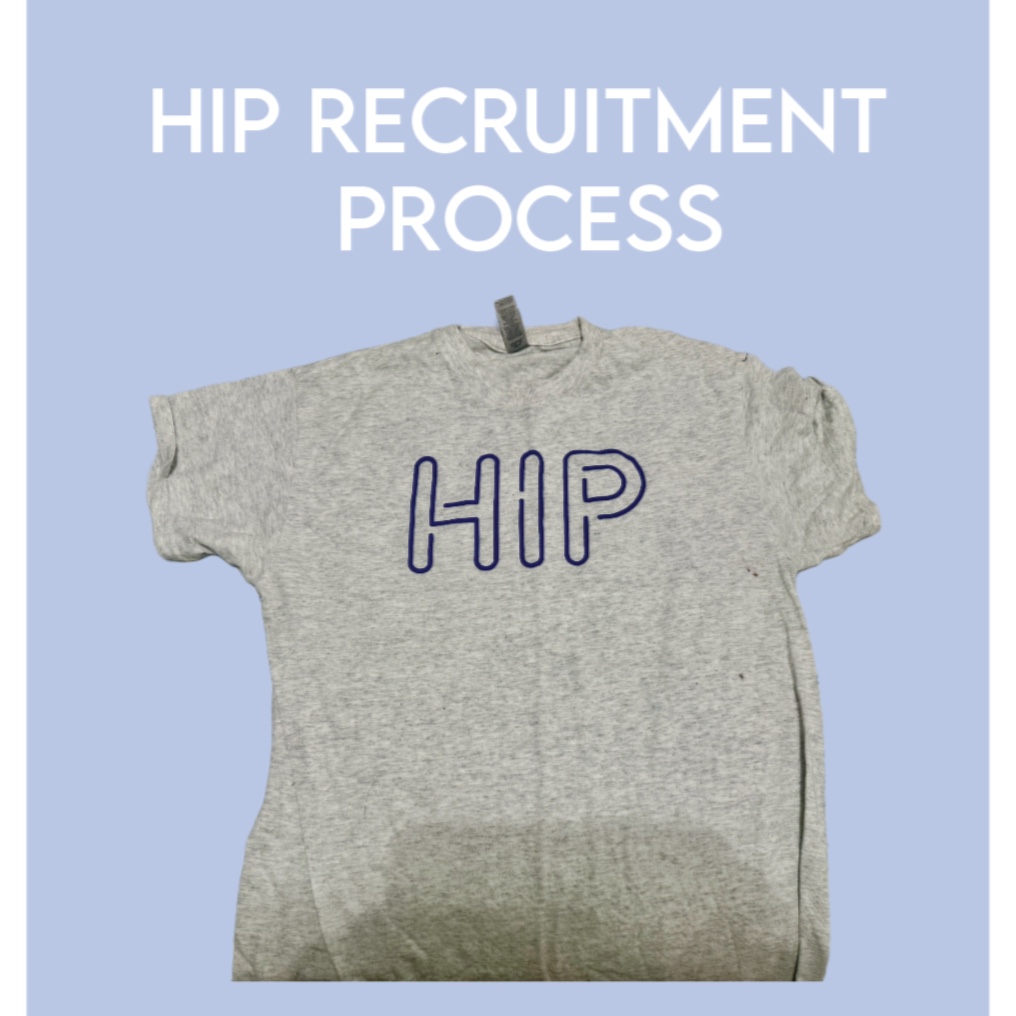The Problems of Hate Speech in Online Games
May 28, 2020
Gaming has inarguably taken over the entertainment industry, providing amusement to millions of players and standing as the fastest growing form of media worth $160 billion, according to Forbes. However, as a more diverse group of people joins the online gaming community, the toxicity flourishing in text and in-game voice chats has become apparent in a world where players prioritize competition and in a community which has integrated harassment into the norm.
Nonetheless, many write this off as an inevitable part of gaming culture, allowing the cycle of harassment and toxicity to continue to thrive. This is and has been an issue for a long time and it demands action on behalf of gaming corporations.
The 2014 “Gamergate” scandal illuminated by the media brought this issue to light, when malicious threats towards women incited an internet war with women advocating for more inclusivity in the gaming community.
A survey conducted by the Anti-Defamation League in 2019 again echoed the same concerns, where three out of four respondents said they had experienced some form of harassment, and two-thirds claimed it was severe. Over half said they faced harassment based on their race, religion, ability, gender, gender identity, sexual orientation or ethnicity.
The survey also notably found that of the six games featuring the most reports of harassment, only two were labeled with a mature or 17+ rating from the Entertainment Software Rating Board (ESRB).
That means your brother, sister or child could easily face exposure to this hate speech and harassment. This hate speech represents an ethical issue at its core — nobody, especially not children, should ever have to subject themselves to such profanity no matter the circumstances.
To clarify, the gaming corporations should take the fault, not the users. The exposure of this horrid behavior in the first place stems from the lack of accountability and regulation in these games.
The solution does not lie in the mute button as some stated this can serve to avoid this experience, apathy simply contributes to this issue. Not only is this insensitive towards those who have experienced harassment but is not in the interest of gaming companies.
According to the aforementioned survey, 38% of respondents attempted to manage who they play with after the harassment and 23% avoided certain games altogether. In other words, it affects both user experience and in turn satisfaction and direct revenues.
Riot and Blizzard, notable gaming corporations have worked on creating measures to detect and combat hate speech, resulting in positive feedback from players. For instance, according to USA Today, after Blizzard enacted their new procedures, a 43% reduction in the daily rate of matches that contained harassment followed and user trust in reporting systems increased by 172%, showing that taking action is ultimately in these companies’ best interest.
This issue demands action beyond a slap on the wrist, it requires the gaming industries to deal with it head on instead of allowing profanities and harassment slip through the cracks. The solution is three-pronged: one holds users accountable and stops the cycle of harassment, two use community feedback tools, and finally raise awareness on the subject.
First, users must be held accountable and stop the cycle of harassment. Providing a positive social environment for users that does not illustrate the norm is spewing hatred is essential to stopping the continuous cycle. Most companies have a user agreement which addresses harassment and hate speech, they need to uphold it to combat this and hold the people indulging in toxic behavior responsible rather than letting them hide in anonymity. This entails actively monitoring, penalizing and removing hate speech and harassing messages.
Using community feedback tools is just as imperative to ensure that players have the ability to limit the scope of damage of another user. Integrating these tools into the game effectively relies on a moderator investigating the issue after the report and making a decision. Moreover, these options need to be readily accessible to users.
Raising awareness that these attacks are not the victim’s fault as well as making it a point that this is unacceptable behavior is just as important. No form of harrasment, bullying or discrimination should be allowed to continue without repercussions. Helping break the stigma and illustrate to impressionable minds that this offensive behavior will prove vital to breaking the cycle of harassment and abuse. Through acknowledging the issue and speaking up about it, followed by the meaningful actions outlined to help minimize the extent of the issue, gaming corporations could truly make long overdue meaningful change.









